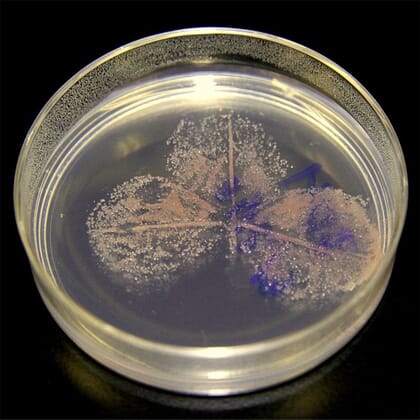The Phase I Small Business Innovation Research (SBIR) grant by the National Science Foundation will allow the company to investigate more than a dozen specific components in its KnipBio Meal (KBM) aquafeed ingredient to determine which can act as positive nutritional factors in both growth and gut biome composition of rainbow trout. The study will be conducted over the course of one year and, if successful, may lead to additional funding to commercialise the findings.

Enteritis is a common diet-related disease in farm-raised carnivorous fish that can lead to slower growth and increased mortality. It is estimated this disease costs the aquaculture industry more than $1 billion per year. Preliminary feed trials have consistently found that fish and shrimp fed KnipBio Meal experience improved gut health, lower rates of enteritis, and reduced mortality levels compared to populations raised on standard industry diets.
The goal of the SBIR grant is to study the mechanism by which KBM acts as a prebiotic to affect gut health and identify the specific components in KnipBio Meal responsible for this effect.
Regarding the award, KnipBio CEO Larry Feinberg stated: “There is no question aquaculture is going to play a key role in feeding the world’s growing population in the coming decades. In the past, farmed fish depended on fishmeal as their main protein source. As forage fish populations decline, aquaculture has turned to soybean meal to fill the protein input gap. Unfortunately, unprocessed soy has been shown to have ‘anti-nutritional factors’ (ANFs) which can cause a number of gut diseases and reduced digestibility. The research funded with this grant will help us determine how KBM neutralizes these ANFs and thereby improves fish health. If the research is successful, it could lead to a significant improvement in the digestibility of soybean meal in fish diets. This will allow rapid scaling of aquaculture to meet global protein demands, with a broad range of related benefits for human nutrition health. It can also potentially improve aquaculture operating margins and decrease the industry’s overall environmental footprint.”


